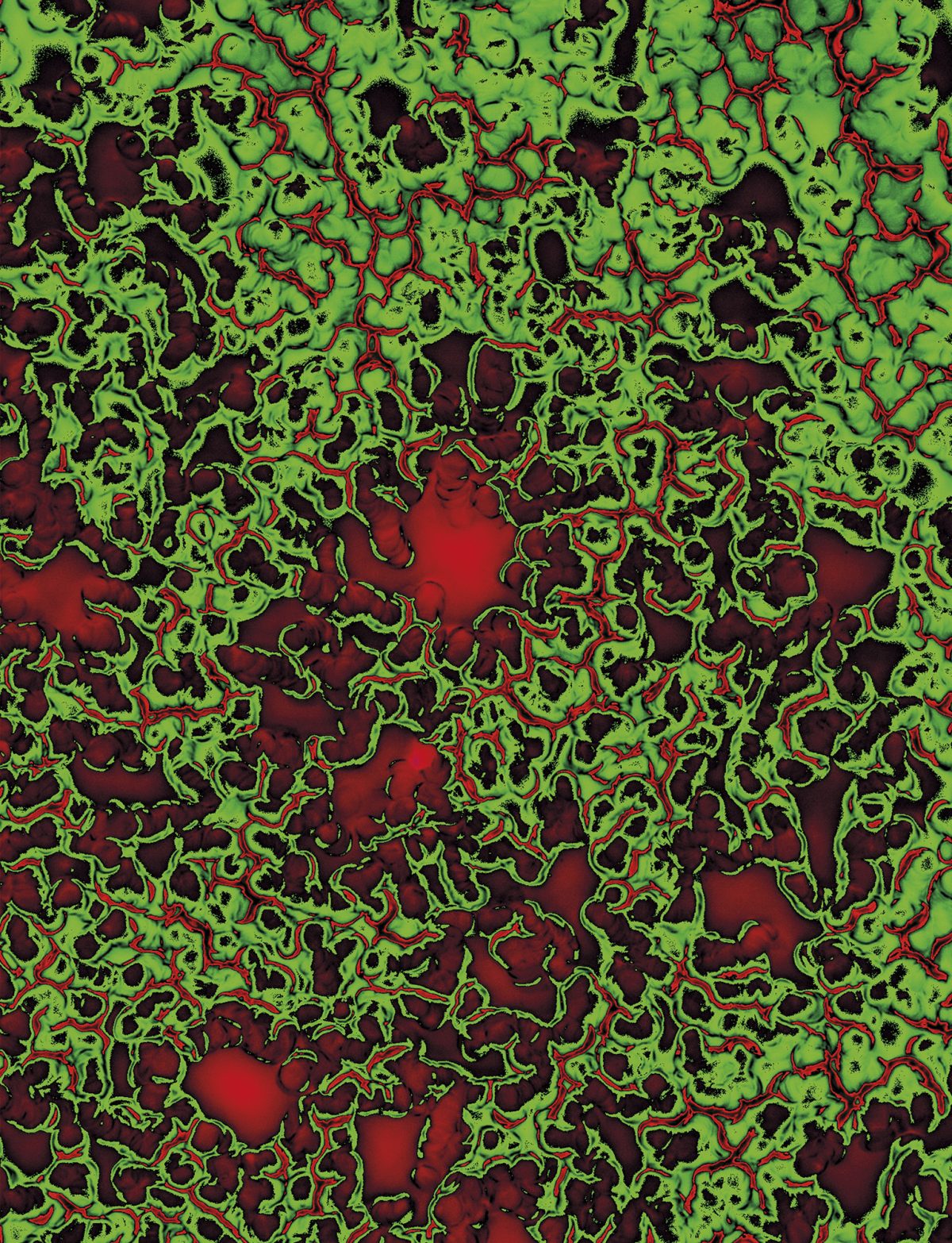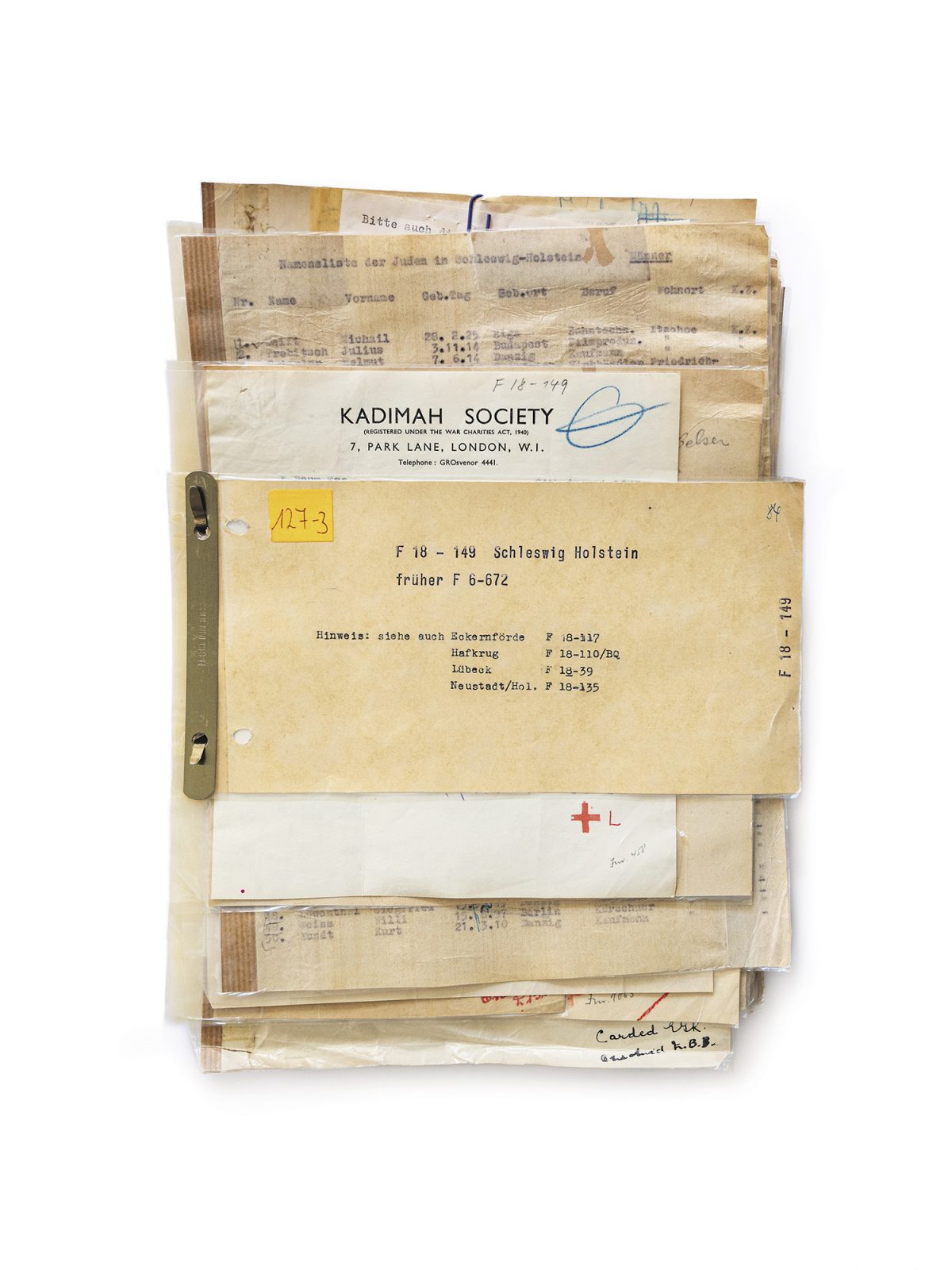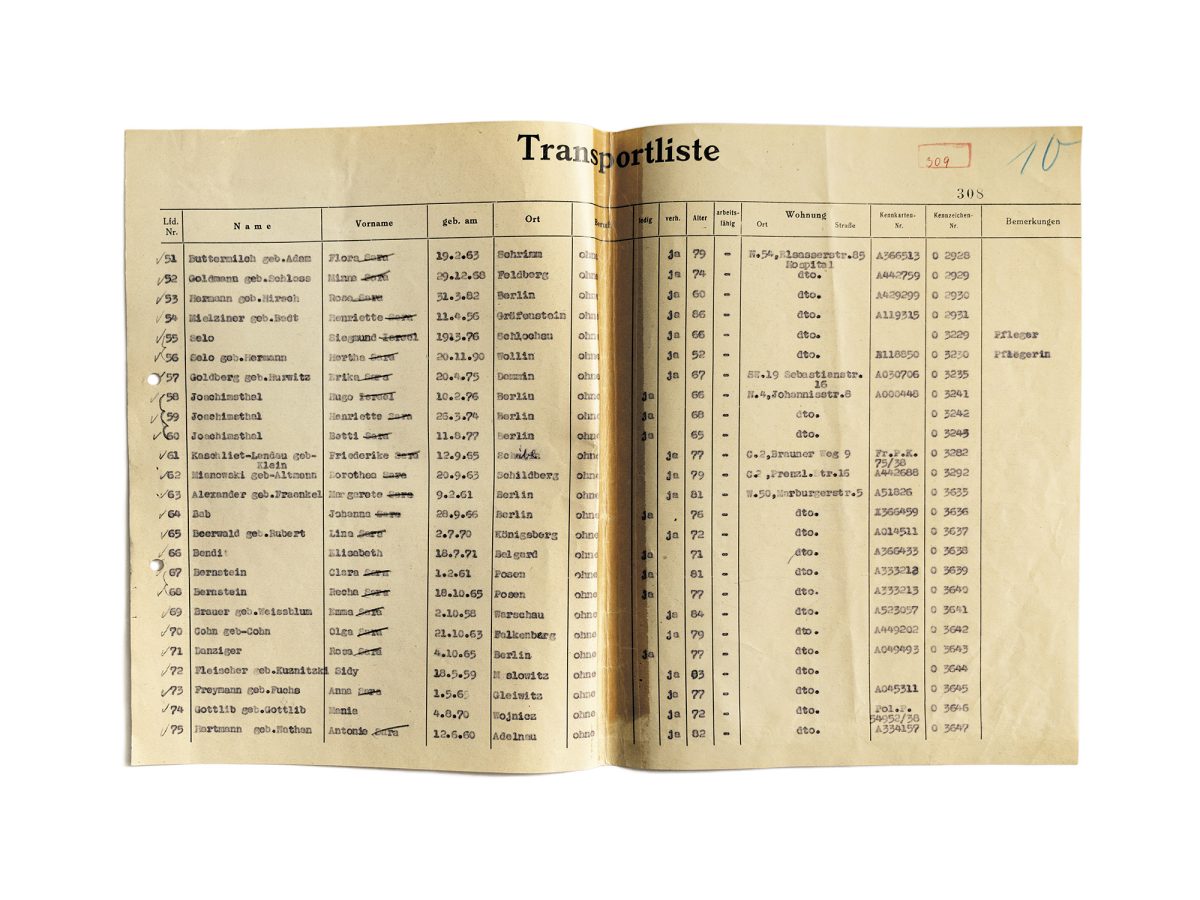
In 2016, Sara Davidmann discovered a family photo album left by her Aunt Susi, along with a set of untranslated, handwritten notes in German. The album contained photos depicting life in Germany before the Holocaust, which Susi and Davidmann’s father narrowly escaped by taking a Kindertransport to Britain in 1939. Upon their arrival, the siblings were separated, and a veil of silence fell over their traumatic past.
“My father was never able to talk about his experiences growing up as a young Jewish boy in Nazi Berlin, the traumatic events that occurred before he was evacuated, the family members who were murdered in the Holocaust, or his evacuation,” Davidmann wrote to Hyperallergic in a recent email. “These all formed a chapter of his life that was too painful to revisit and so I was oblivious to my father’s experiences and grew up knowing very little about the German Jewish side of my family until long after my father’s death. The photo album and notes written in German began to tell the story of my family, a story my father had never been able to relate.”

Davidmann’s new book Mischling 1 (GOST Books, 2021) is a haunting meditation on the weight of her discovery. Between events and emotions, facts and family, Mischling 1 juxtaposes scanned documents, newspapers, and publications from the period with tender black and white photos taken of Davidmann’s relatives before their tragic deaths. In it, Davidmann explores the space between what we can know about one of the darkest moments in human history and what is impossible to recover.
The book’s title comes from a pejorative term used in Nazi Germany meaning ‘half-breed’ or ‘mixed race.’ Davidmann’s book reminds us of the Nazis’ cruel obsession with race by including teaching charts for human categorization, pages from children’s books about ‘race science,’ and the more than 400 Anti-Semitic Laws and Regulations enforced by the Third Reich between 1933 and 1945. The artist responds to these grim documents in a series of searing red and green abstract images — microscopic shots of her and her surviving family members’ blood samples, captured with a microbiology camera system.

Inspired to learn more about the people in the photo album, Davidmann conducted research at the Arolsen Archives — formerly known as the International Tracing Service — in Germany. “While searching for my lost relatives I uncovered Gestapo transportation papers for my great aunt Marta’s transportation to Auschwitz and my great grandmother Dorothea’s transportation to Theresienstadt,” she told Hyperallergic. “To hold these documents in my hands — documents directly connected with the murder of members of my family — with handwritten ticks beside their names was incredibly chilling.”

Davidmann conveys the sense of rupture that these newly excavated materials and histories bring by paradoxically burning, bleaching, and darkening images from her family photo album, once again obscuring their people and places from view. In one of the pictures, her great uncles Leo and Arthur stand affably together at the German seaside in the mid-1920s. Both disappeared in the Holocaust, and their striped pajamas eerily recall the striped uniforms of the prisoners of concentration camps.
“I was particularly drawn to Leo,” Davidmann said by email. “He was always photographed smiling, always looking happy and full of joy. As I looked at the photographs I felt a deep sense of loss that I had never known him.” In response, the artist produced prints of the image using a mixture of photographic developer and her own blood. Once again, blood appears in Mischling 1 as a functional and malleable material, something that continues to contain and respond to histories of trauma. Overall, Davidmann’s book is an experimental take on blood lines and the legacies they may or may not transmit.

International Tracing Service folder. Folder containing lists of displaced persons registered in Schleswig Holstein at the end of WWII and requests from international organizations trying to locate missing family members. This is one of several similar folders relating to Schleswig Holstein where Paulina was found. At the end of WWII over 250,000 Jewish survivors were living in these camps (Arolsen Archives collection)

Transport 1/27. Gestapo Berlin transport list of Jews deported on transport 1/27 from Berlin to Theresienstadt, July 21, 1942. Dorothea Mianowski is number 62 on the list. (Arolsen Archives collection)

Mischling 1 by Sara Davidmann is published by GOST Books and is available online.
0 Commentaires